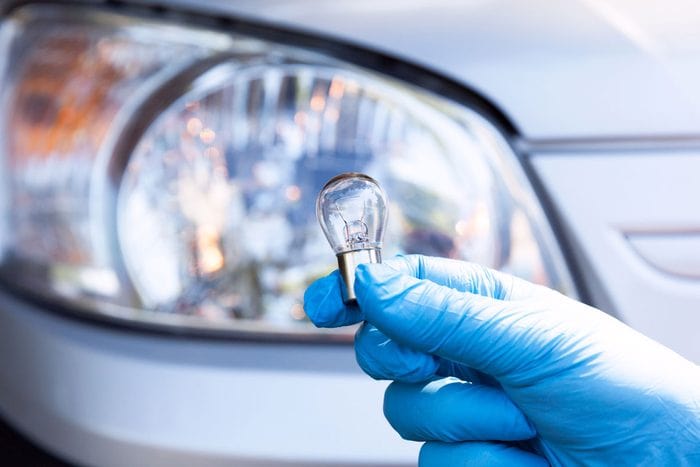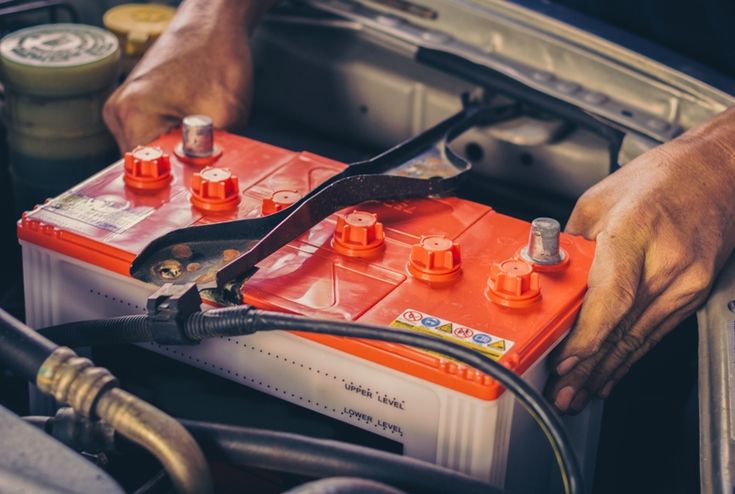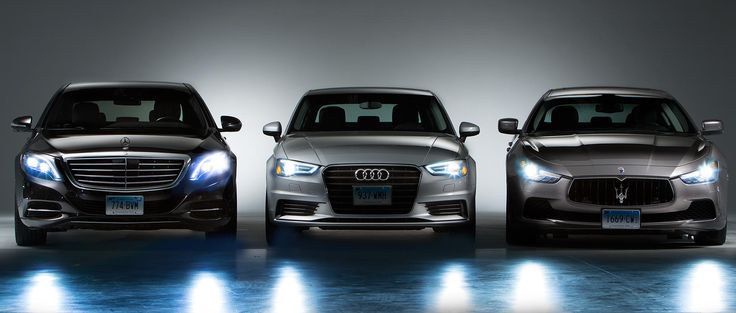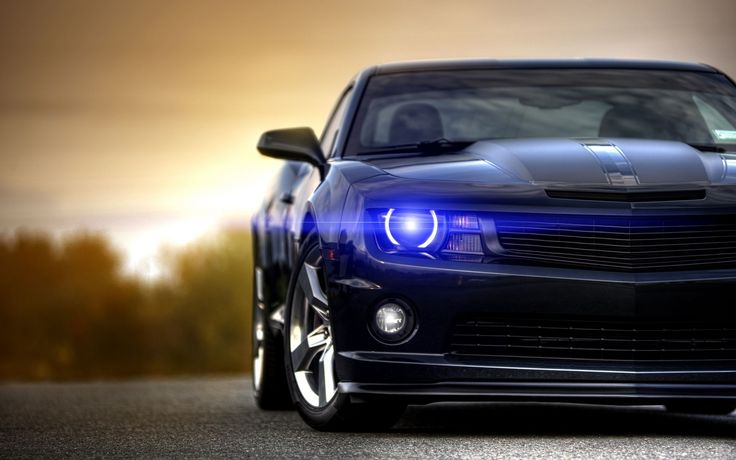The headlight system on your car helps ensure visibility when moving at night or in low-light conditions. In the process of use, headlights are like many other auto parts, damage is inevitable, and headlights flickering is one of the common phenomena. Car blinking lights not only make the driver feel uncomfortable but also directly affect our safety and other drivers when driving on the road. Why did it happen, let’s find the answer to the question “Why are headlights flickering while driving?”
Contents
Why are My Headlights Flickering?
The headlight system includes two modes: High Beam and Low beam. These lights allow drivers to see the roadway in the dark, while also signaling other drivers that cars are present. When car headlights are flashing, drivers can think of the following reasons:
Damaged lamps
As you know, there are many types of headlight bulbs. If your car uses halogen bulbs that have a thin filament, this cord will eventually burn out and need to be replaced. Flickering happens when broken filament ends may touch intermittently, which will cause this phenomenon.
Meanwhile, higher-end cars often have LED or HID lights, which help the car’s lifespan longer. With these lights, they can show signs of light failure, which can cause them to dim, and the LEDs tend to flicker as they near their end of life.
On average, headlights provide good illumination for 500-2000 hours and can wear out faster with frequent use at night or on uneven terrain. Therefore, drivers should replace the lights after about 5 years.

Faulty wire
The wire system in a car is very complicated and when they have problems such as worn out, loose, poor connection, or melting due to heat, power cannot be transmitted to the headlights. At this time, car headlights will often flash or even burn out.
If headlights are blinking frequently, this is a sign that the connection has failed. Unless you have experience in handling it, it is best to let the experts repair it.
Bad Fuses
Automotive electrical systems use fuses to protect electrical circuits. A fuse is a part of an electrical circuit that plays an important role in the protection of more components in the circuit, such as headlights in case there is a high current going through the headlight circuit system. Fuses are easy to damage when the headlight system works too much. A loose fuse is one of the reasons for headlights flickering.
Failing Battery
The battery is the part that provides the power to start the car and provide power to parts including the headlights. If the battery is weak, it can’t give enough power for the light and will make the headlight flash or dim.
Normally, it is necessary to replace the battery after 3-5 years of use, this will ensure stable operation of the car and especially the brightness of the headlights. Therefore, when there are abnormal signs, the drivers need to replace the car battery immediately.

Faulty Switch
The headlight switch is through one or more relays to provide power to control the bulb to operate. If this part fails, it still receives power from the switch but cannot transmit power. The replacement of a new relay is essential in this case.
Bad Alternator
An alternator is responsible for generating an electric current, providing power for the battery and electrical parts in the car. The generator has 3 main functions: generating electricity, adjusting the alternating current to DC, and adjusting the output voltage. When the alternator fails, it will affect the car’s electrical system. When the alternator has a problem, not only the battery is not fully charged, but the electrical equipment on the car is also affected. The most obvious is that the headlights will be weak, and dimmer than usual, and there is a phenomenon of flickering lights.
When cars use Xenon headlights if the alternator fails the bulb will not light. Because with this type of headlight to bring xenon and salt to the plasma, the HID generator must increase the voltage to 30,000V, then stabilize about 90V when the bulb operates.
Using the wrong bulbs
On some cars, especially those with HID headlights. Installing the wrong lamp may result in flashing or not working light. The wrong bulb may not light at Voltage or use too much power due to the design of the protection circuit
How to Fix Car Lights Flickering?
Basically, to be able to fix the problem of car headlights flickering, you need to check all the causes above. So we will share with you some methods to help you handle the situation. To get the best results, we think that you should bring the car to repair centers to diagnose and fix it in the most correct way:
- Should replace bulbs after 5 years of use. If you often drive at night, you should pay attention to changing the light bulb.
- If the alternator fails, you should check the belt for any signs of worn-out. Depending on the errors, there will be different repair methods. Most of the time, when a part is damaged, it only needs to be replaced with a new part. However, with severe damage, it is best to replace the alternator with a new one
- Recheck the connection. Loose connections can cause flashing lights.
- Guaranteed constant current supply: Unstable current supply to make the headlights flicker. This means you could permanently damage it if it continues to receive inconsistent power. Flickering is an indication that your LED is not getting the right amount of power.

Steps to Change The Headlight Bulbs?
Before you replace the bulbs, you need to turn off the car to ensure safety. Next, you will follow these steps:
Step 1: Locate the headlight holder
Once you’ve opened the hood and secured it, look behind the damaged headlights to find the location of the holder by following the three wires. The holders are usually cylindrical in shape.
Step 2: Disconnect the headlight wire
The holder is connected to 3 power wires. These are the wires that supply power to the headlights. The lamp holder is held in place by a plastic or metal lock. Some models fix the holder with a threaded cap.
Step 3: Remove old the bulb
You just need to firmly grasp the shank of the holder and unscrew the old bulbs. There are some cases where you have to rotate slightly to remove the headlight bulb.
Step 4: Replace with new bulbs
When replacing a new light bulb, you should note that you should not hold the bulb directly because in that way the grease on your hand can stick to the bulb and create a black streak on the bulb. Ideally, you should get a clean rag or paper to line the bulbs.
Hold the bulb holder firmly and attach it to the rear of the headlight. To make sure the bulb is installed in the correct position, you can check by observing whether the mounting groove is even or not and not letting any rubber pads stick out.
>> Read more: Headlight Replacement: Everything You Need To Know
Step 5: Check the headlight again
Once the new bulb has been installed, reconnect the power wire at the back and install the protector. Next, double-check that the new bulb is on by turning on the headlight a few times.
Note: This process is only right for luminaire systems that use halogen bulbs, and beam headlights cannot do this.
Final Words
Headlights are a standard and mandatory lighting device on modern cars. The headlight is a part to ensure the car’s normal operation in low light conditions such as rainstorms or dark nights. Therefore, when the headlights flickering, it will cause a lot of trouble for the driver, which can affect the safety of all occupants. Hopefully, the article will give you useful information.



